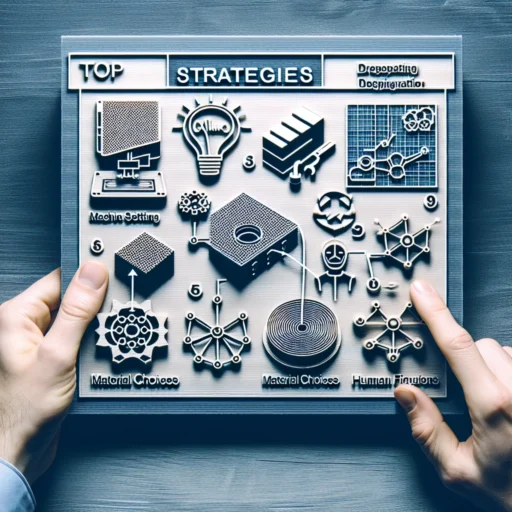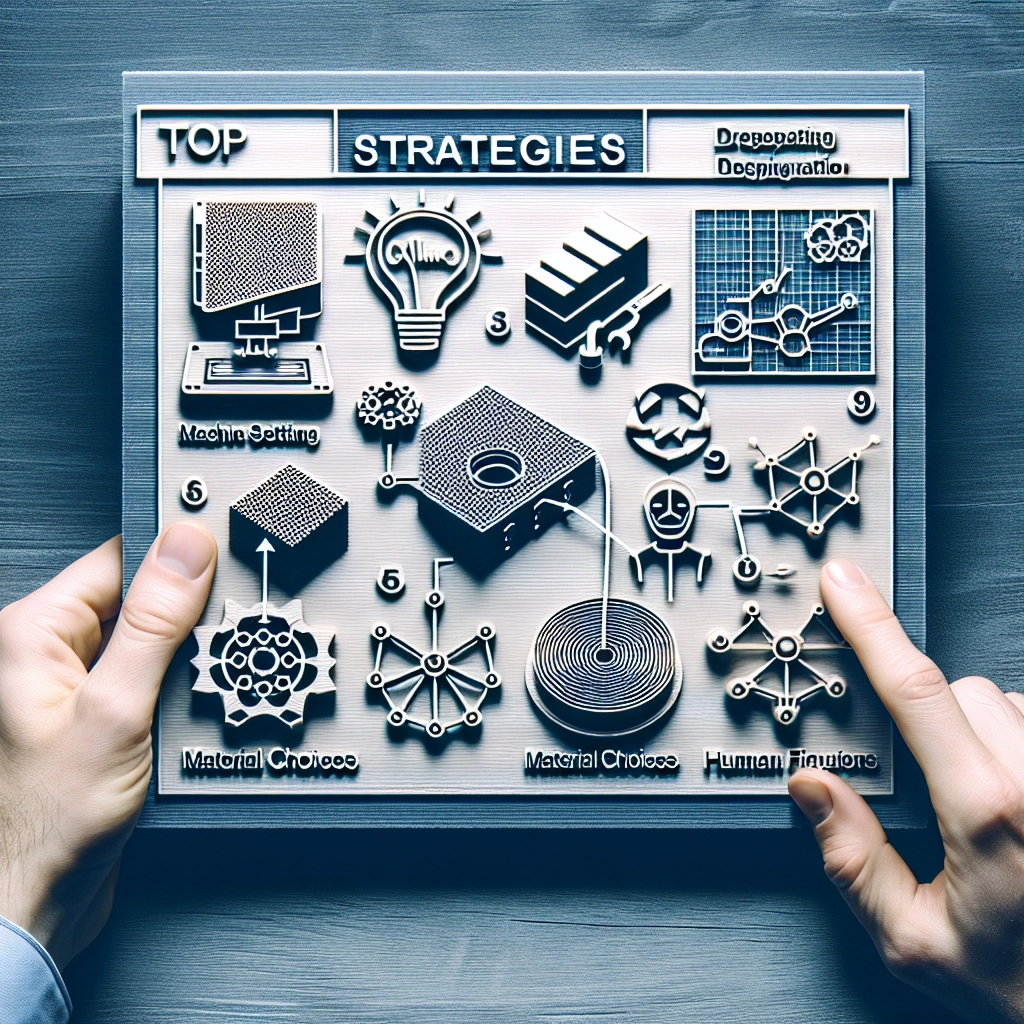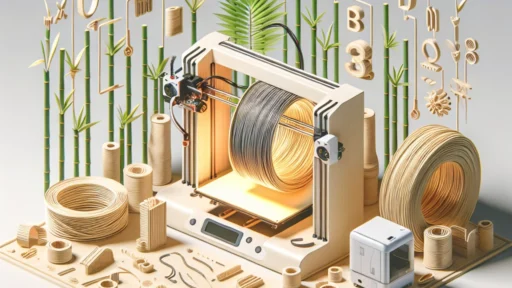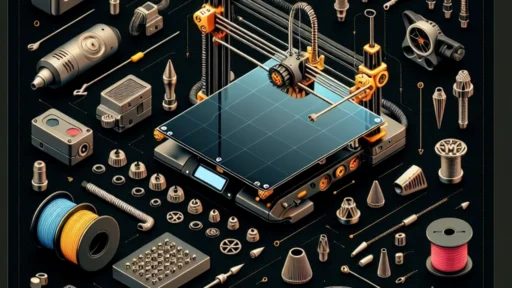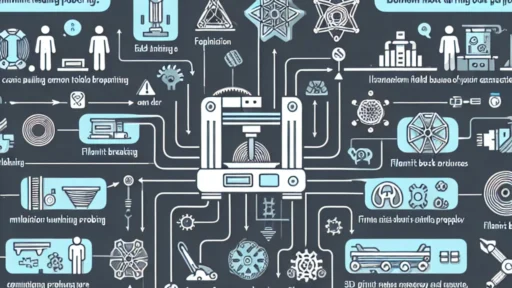Community Insights: The Best Tips from Experienced 3D Printing Users
3D printing has revolutionized the way we create and innovate, from prototyping to custom designs, and even household items. Whether you’re a newbie just unboxing your first printer or a seasoned pro looking to refine your craft, there’s always something new to learn from the vibrant community of 3D printing enthusiasts. Here, we’ve compiled some of the best tips and tricks from experienced users to help you elevate your 3D printing game.
Start with the Basics
First things first, understanding your 3D printer is crucial. Beginners often rush into printing without fully grasping their machine’s capabilities and limitations. Read the manual! Familiarize yourself with the components, from the print bed to the extruder. Knowledge of your printer’s settings, such as temperature and speed, can save you from a lot of headaches down the line. Many users recommend doing test prints with smaller models to get a feel for the speeds and settings that work best.
Level That Bed
One common mistake that can lead to a series of failed prints is an unlevel print bed. It may sound fundamental, but ensuring that your print bed is level is essential for a successful print. An uneven bed can result in warping, poor adhesion, and overall disappointment. Most experienced users recommend using a piece of paper as a feeler gauge when leveling the bed; it should have a little friction when you slide the paper under the nozzle, but not too much that it gets stuck.
Choosing the Right Filament
The filament you choose can dramatically impact your print’s quality. While PLA is often the go-to choice for beginners due to its ease of use, don’t shy away from experimenting with other materials as you become more confident. ABS, PETG, and TPU each have unique attributes that can help you achieve different effects. Experienced users recommend trying small samples of various filament types, which allows you to find what works best for your specific projects.
Slicing Software is Your Best Friend
Getting the most from your printer often starts with a solid slicing software. This piece of software translates your 3D model into a language that your printer understands. Don’t just go with the default settings—dive into those parameters and adjust them based on your material choice and desired quality. Experienced users often recommend Cura or PrusaSlicer for their user-friendly interfaces and robust customization options. The more you learn about the various settings, the better results you’ll achieve.
The Importance of Cooling
Cooling is one of the most significant factors affecting print quality, especially when using filaments like PLA. Many users swear by adding an additional cooling fan or tweaking printer settings to ensure your prints cool properly during the layering process. This can prevent issues like stringing and blobbing, resulting in cleaner, more professional-looking models.
Embrace the Community
One of the most rewarding aspects of 3D printing is the community that surrounds it. Online forums, social media groups, and dedicated Discord servers are overflowing with experienced users eager to help newcomers. Whether it’s troubleshooting a bizarre printing issue or showing off your latest masterpiece, engaging with others can help you learn faster and avoid common pitfalls. Plus, don’t underestimate the power of sharing your experiences—future users will benefit from your trials and successes.
Keep a Journal
As you embark on your 3D printing journey, consider keeping a printing journal. Documenting your settings, filament types, print speeds, and any hiccups along the way can serve as a fantastic reference for future projects. It’s also a great way to track your progress and see how far you’ve come.
Experiment and Have Fun
Finally, remember that 3D printing is all about exploration and creativity. While it’s essential to learn and follow best practices, don’t let the fear of failure hold you back. Experimenting with custom designs, challenging settings, or even unique materials opens up a world of possibilities. Some of the best projects often stemmed from unexpected outcomes, like turning a failed print into a new creation.
3D printing is an incredible blend of art and science, where each layer is a step toward bringing your ideas to life. By learning from those who’ve journeyed before you and remaining curious, there’s no limit to what you can create. So, gather your tools, level that bed, and let the printing adventures begin! Happy printing!


